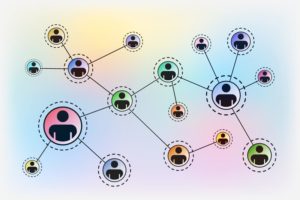Every healthcare organization seems to be focusing on developing their digital health strategy these days. But do we have a common definition and understanding of what digital health means? A few months back I wrote a post called “Knocking on the digital front door” addressing what many organizations mean when they talk about digital health. Meeting patients where they are and guiding them along the right care pathway with efficient, consistent, and easy processes in the background. It was a very popular post, so I guess it resonated with many.
“Knocking on the digital front door” addressing what many organizations mean when they talk about digital health. Meeting patients where they are and guiding them along the right care pathway with efficient, consistent, and easy processes in the background. It was a very popular post, so I guess it resonated with many.
But digital health encompasses far more than just the digital front door. My StarBridge Advisors colleague, David Muntz, has taken on the broader issues of digital health this year in a multi-part blog series on View from the Bridge. Here is his four-part series if you are ready to go deeper on digital health:
Digital Health – Is Healthcare Ready? Are You and Your Organization Ready?
Becoming a Digital Health System
Digital Health – Governance in a Digital Health System
Digital Health – The Role of Empathy and Understanding
If you are interested in future posts in David’s digital health series, subscribe to View from the Bridge to get notifications of new posts. Our team of advisors regularly contributes posts on a wide range of topics relevant to today’s healthcare executives and IT leaders.
And if you are looking for help developing your digital health strategy and roadmap, David or I would be happy to schedule time to talk.








